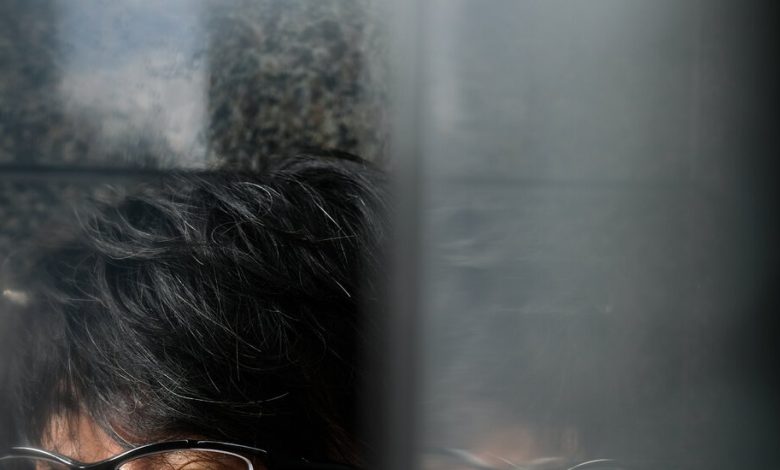A Game Designer’s Lifelong Pursuit of Action Nirvana

Few designers have dedicated themselves to the dark arts of video game combat more than Hideaki Itsuno, who has spent his three-decade career adapting the hyperviolent DNA of fighting games to ever larger, more ornate playspaces.
Itsuno, a game director at Capcom, cut his teeth on Street Fighter Alpha, a 1995 fighting game of crystalline purity whose brawls took place in confined two-dimensional stages. In the Devil May Cry series of the 2000s and 2010s, the symphony of on-screen savagery played out across discrete levels.
Now Itsuno is set to release his most ambitious game yet, transposing the blistering melee combat he made his name with — including in the cult classics Rival Schools: United By Fate, Power Stone and Capcom vs. SNK 2 — to a gigantic open world of quintessential fantasy tropes. When a monster lurches from the thicket in Dragon’s Dogma 2, which arrives on Friday, the game crackles with the cadence of its fighting forebears: the swing of a sword — bang — followed by bone-crunching pow.
“Fighting games are very technical, and that was how he spent most of the ’90s,” said Matt Leone, a video game journalist at Polygon and the author of “Like a Hurricane: An Unofficial Oral History of Street Fighter II.” “He learned the ins and outs of animation systems — how to make things feel good.”
The original Dragon’s Dogma, from 2012, married robust combat with slow, methodical adventuring and baroque, anime-esque pomp. (The player’s heart gets ripped out by a dragon in the opening 10 minutes.)




